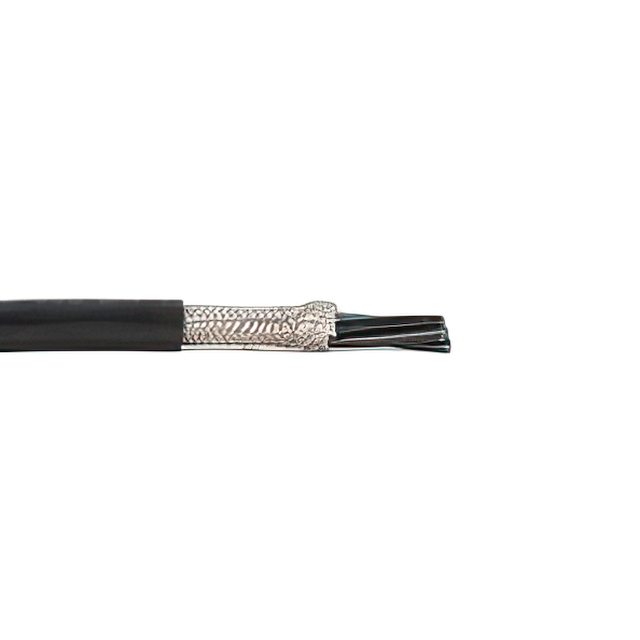Hy-Trex Series, Structural, Motion Hardware
Results:
2
Manufacturer
Series
Wire Gauge
Conductor Strand
Jacket (Insulation) Diameter
Operating Temperature
Cable Type
Usage
Shield Type
Jacket (Insulation) Thickness
Jacket (Insulation) Material
Grade
Ratings
Qualification
Length
Voltage
Conductor Material
Jacket Color
Features
Number of Conductors
Results remaining:2
Applied Filters:
Hy-Trex
About Structural, Motion Hardware
Structural and motion hardware play a crucial role in the construction of frameworks and attachment points for both stationary and moving devices, including motors, controllers, gantries, and similar equipment. These hardware components encompass a diverse range of items, such as brackets, fasteners, connectors, rails, bearings, and other structural elements. They are utilized to assemble robust and reliable structures that provide support, facilitate movement, and enable the proper functioning of various mechanical and electromechanical systems. When designing and selecting structural and motion hardware, considerations include factors such as load-bearing capacity, compatibility with specific components, resistance to environmental conditions, and ease of installation and maintenance. Additionally, the choice of materials, such as steel, aluminum, or specialized alloys, is essential to ensure the required strength, durability, and corrosion resistance for the intended application. In both stationary and dynamic settings, these hardware components form the essential backbone of industrial and mechanical systems, ensuring stability, precision, and operational efficiency. Whether used in manufacturing facilities, transportation systems, or robotics applications, structural and motion hardware contribute to the seamless integration and reliable performance of diverse technological systems.

